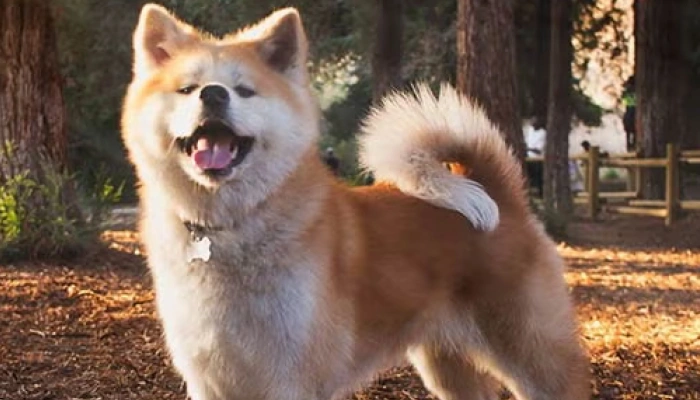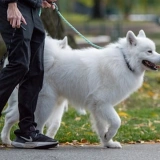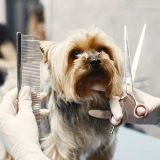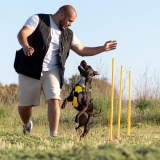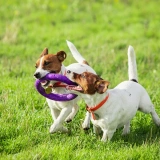The Japanese Akitainu is highly intelligent but not eager to please. It has an independent spirit that demands calm, confident leadership and clear boundaries. First-time dog owners may find it challenging due to its reserved temperament, guarding tendencies, and need for early socialization.
While usually quiet and stoic, the Akitainu is very aware of its surroundings and naturally protective. It may be reactive toward unfamiliar dogs, especially those of the same sex. However, it is gentle and deeply loyal to its own family.
The dense, weatherproof coat sheds seasonally and requires regular grooming, especially during coat blow periods.

